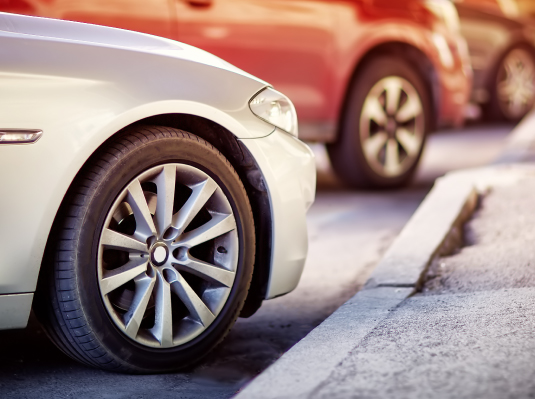
What is Gap Coverage?
If your new car is totaled, Gap Coverage (aka Gap Insurance or Loan/Lease Payoff) pays the difference between the vehicle’s present value and the amount you still owe on the auto loan. This coverage protects those who may owe more on their new car than it is now worth and is offered by many insurance companies.
To best understand how this coverage works, let’s explore how vehicles are valued. Buying a brand-new car is a euphoric experience (love that new car smell) but your car loses much of its value the moment you drive it off the lot. The value of a new vehicle depreciates by about 20% in the first year of ownership. When assessing the value of a vehicle for an insurance claim, carriers will look at the depreciated value of the vehicle at the time of the loss. This is called Actual Cash Value. If your vehicle is totaled, the insurance payout will not be for the amount you originally spent when you purchased it. Insurance only pays up to the current value of the car the day the claim took place. This difference in value is what can create a Gap.
Example: Let’s say you bought a brand-new car for $30,000 and you still owe $25,000 on the loan. One day, suddenly, your car is gone. It’s been stolen. At this point in time, your car has depreciated and is now only worth $22,000. This depreciated amount is the most the insurance company will pay your lender for the loss of the car. How do you plan on paying the remaining $3,000 back to the lender? If you have Gap Coverage included on your auto policy, then “my insurance company” is thankfully your answer.
Ready for the best part? It may only cost you $20-$40 a year to include this coverage on your auto insurance policy. You can also purchase Gap Insurance from your dealership, but that’s almost always more expensive. To be eligible for this coverage with most insurance carriers, you must be the purchaser of a recent model year car (usually 0-2 years old). You must also have comprehensive and collision coverage on your auto policy.
Do I need Gap Coverage?
You need Gap Coverage if you do, or someday might, owe more on your loan/lease than what the car will be worth after depreciation. If you’re in the process of buying a new car, this is something to strongly consider. The tradeoff is $1-$3 a month for thousands of dollars of protection if your car is totaled or stolen (that’s less than 3 scoops of your favorite ice cream).
If you recently bought a new car, it’s worth checking if you’re currently upside-down on your loan (owe more than it’s now worth). How much do you still owe on your loan? What is your vehicle’s value today? If there’s a negative difference, would you rather pay that gap amount out of pocket yourself or have insurance pay it for you? Insurance Information Institute specifies it’s worth purchasing gap coverage if you:
-
Made less than a 20% down payment
-
Financed for 60 months or longer
-
Leased the vehicle (carrying gap insurance is generally required for a lease)
-
Purchased a vehicle that depreciates faster than the average
- Rolled over negative equity from an old car loan into the new loan
What if I purchased Gap Coverage through my dealership?
If you already purchased Gap Coverage through your dealership, no worries! I’d rather you have coverage than none at all. However, there’s a fair chance you’re overpaying. Depending on your contract, you may have an opportunity for a full or partial refund if you replace that coverage by using your auto insurance. I would recommend first checking with your insurance agent to see if Gap Coverage is something you can add to your auto policy, and at what cost. If that price is less than what you’re paying the dealership, call the dealership to discuss cancelling the remaining policy since you’ve found comparable coverage for less elsewhere.
Sources
The contents of this article are for informational purposes only. You should not act or refrain from acting based on this information without first consulting a Goosehead licensed agent at [email protected]. We disclaim all liability for actions taken or not taken by you based on the contents of this article which is provided "as is." Goosehead makes no representation that this content is error-free.


